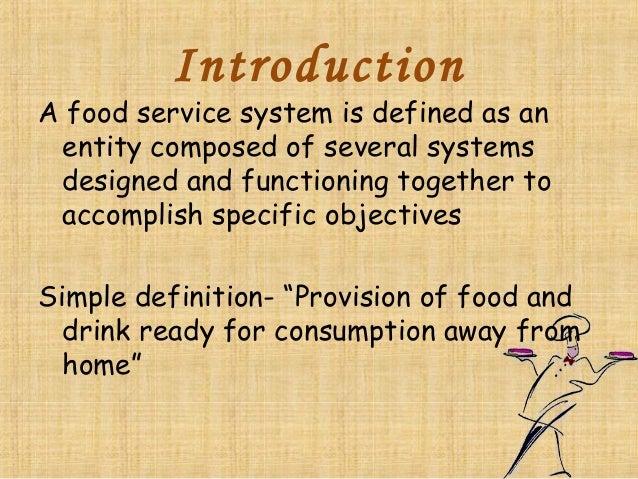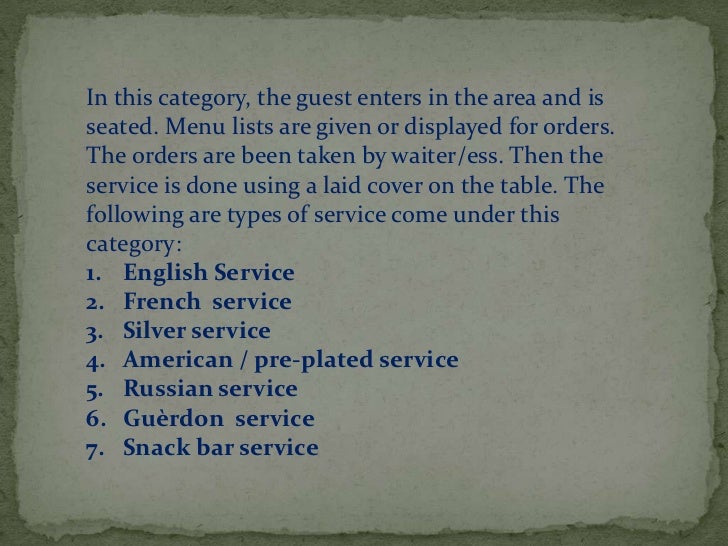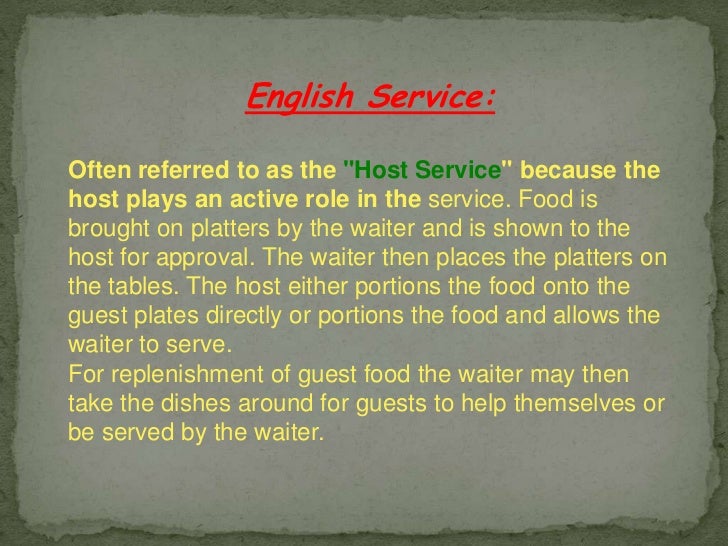I
n these economic times is a beverage control system right for your operation? Operators are constantly looking for new ways to squeeze more out of their operations. Since raising prices may not be the right route to follow at this time the only other alternative is to control costs. With that in mind we sat down with Michael Morton of Viking Beverage Control Systems to see what they have to offer.
Michael Morton is a managing partner and national sales manager for Viking Beverage Control Systems. Viking’s offices are located on beautiful Daniel Island; a few miles north of Charleston, SC. Michael and his partners have over 70 years in the bar and restaurant business and combined they have been involved in every aspect of beverage control technologies for 15 plus years. We asked Michael or some more information on his systems.
[F&B Today] I notice you have a lot of high-tech equipment here in your office. What is it, exactly, you guys are doing?
[Morton] Well, simply put, we are merging the new world of technology with the very old world of hospitality management. Our specialty is controlling alcohol beverage costs with easy- to- use beverage control systems. It’s the bcs in our company’s name: Viking Beverage Control Systems.
[F&B Today] Don’t most places already control their beverage costs without all this electronic stuff?
[Morton] The simple answer is yes. However, for years the norm has been to first total all the sales; figure out a cost to sales ratio...then yell at your managers if the numbers are unacceptable (laugh).
[F&B Today] But that’s been effective. Right?
[Morton] To a degree; but if you rely on accounting procedures to control costs, “the horse is out of the barn!” No matter if you weigh the bottles or measure their liquid content…even if you buy an electronic device to assist you… it’s the same deal...after the fact detective work. And it’s usually a time-consuming effort; and often at the end of a very long and tiring day.



























